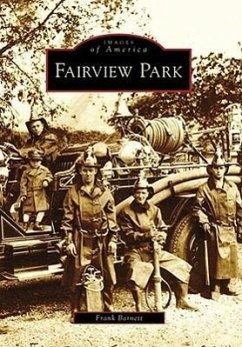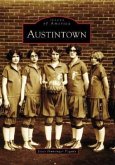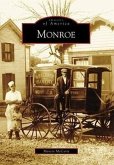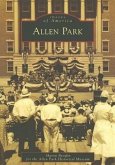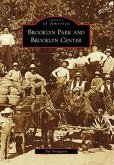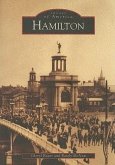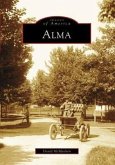Fairview Park is truly a postwar community. Before World War II, it was mainly rural countryside just beginning to see some development. The Rocky River valley had been enough of a barrier to keep Fairview that much more rural until high-level bridges were built in the 1920s. A brochure at the time for the newly developed Coffinberry Estates in northeast Fairview Park refers to "quick access to downtown Cleveland via Hilliard Road, Detroit Avenue, or Lorain Avenue bridges." The bridges residents now take for granted were then a major selling point. The farmland started to evolve into suburbia as spaces between houses were filled with more houses. Fairview Village became Fairview Park in 1948, and the year before, Cuyahoga County's first shopping center was built here.
Hinweis: Dieser Artikel kann nur an eine deutsche Lieferadresse ausgeliefert werden.
Hinweis: Dieser Artikel kann nur an eine deutsche Lieferadresse ausgeliefert werden.

